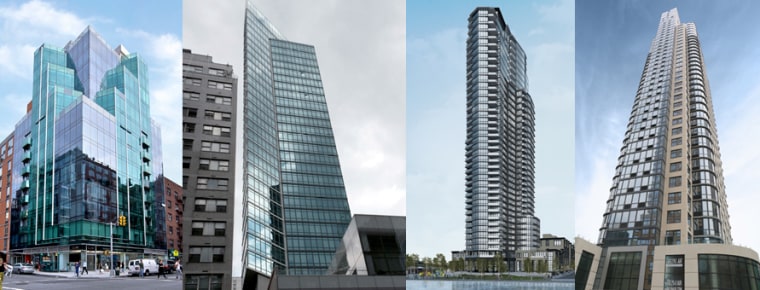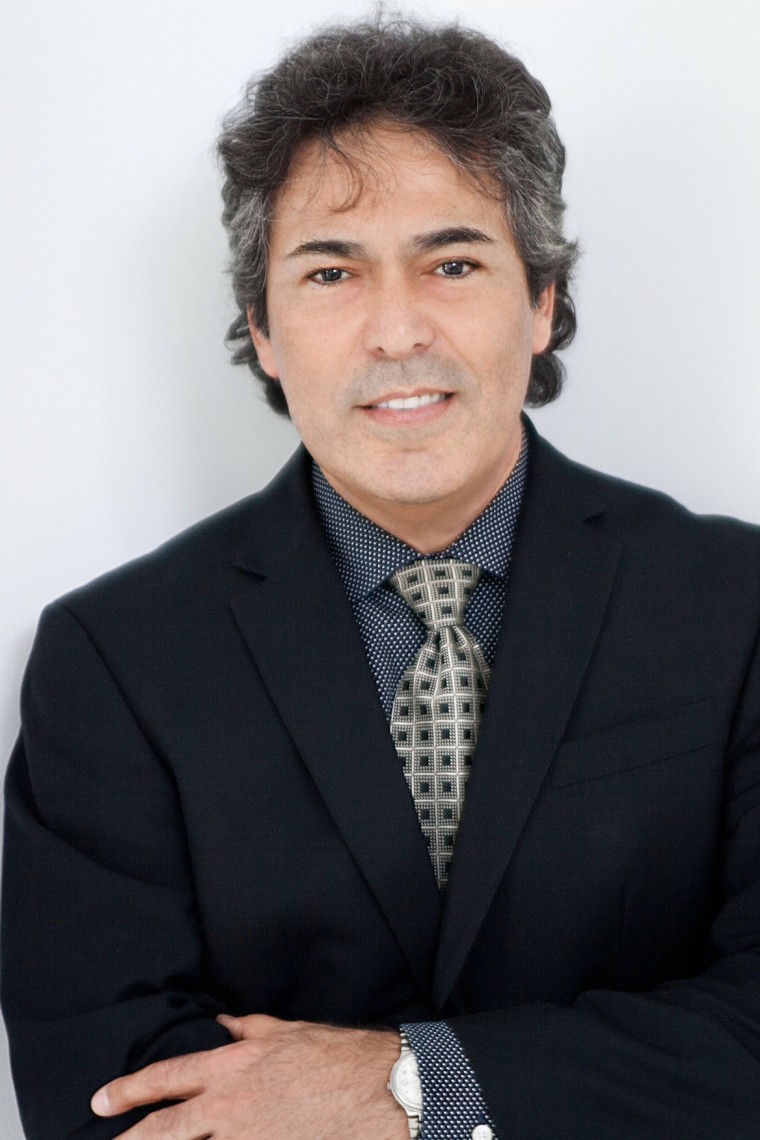
NAME: Ismael Leyva
AGE: 64
HERITAGE: Mexican
HOMETOWN: Born in Veracruz, Mexico now living in New York City
OCCUPATION/TITLE: President of Leyva Architects, PC
Established in 1996, Ismael Leyva Architects, PC is one of New York’s most respected architectural and design firms. It has built a diverse portfolio of award-winning projects across the globe, with an office also located in Central America.
Leyva has executed his trademark designs in some of New York’s newest hospitality and residential buildings opened in 2014 and is also known for the design of prominent buildings Icon, Oro, Yves Chelsea and also the design of the luxury residences at Time Warner Center, 101 Warren, Superior Ink, The Harrison, The Chatham and The Brompton. Leyva Architects has expanded internationally with new projects, including the Torres Paseo Colón, the tallest high-rise residential towers in San José, Costa Rica; and Torre Las Américas, a commercial building located in Veracruz, Mexico and the design for the Waterfront in Boca del Rio, Veracruz.
What led you to architecture?
At a very early age, 15, I decided to be an architect — I loved to draw and I found the architecture profession appealing. My brother and I were the first in our family to go to college, he became a doctor and I went into architecture.
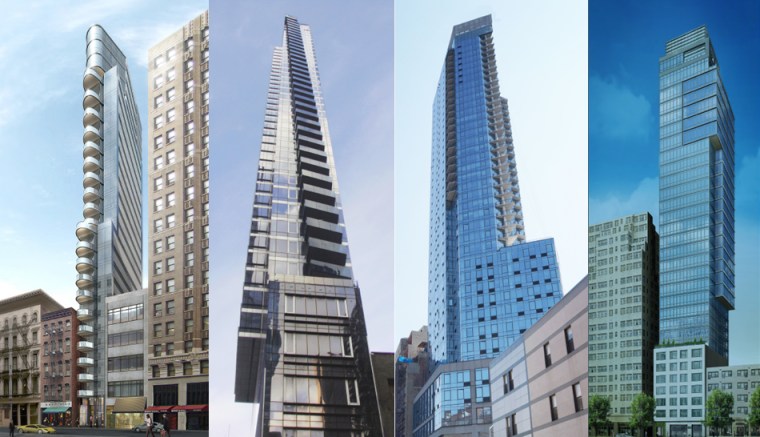
You began work in Mexico, what led you to the U.S.?
A friend of my father bought a hotel under construction in Acapulco and asked me to finish it so I moved to Acapulco and spent a year there working on it. I met my ex-wife — she happened to be on vacation from New York and after several visits back and forth she invited me to come to New York and I never went back. I never had any plans to come here but that’s life. At first I spoke very little English and it was tough because I didn’t have any work experience in the U.S. and the country was coming out of recession so it was difficult to get a job.
I finally got my first job Hoboken, New Jersey working in a small office and one day my boss said to me, “You don’t belong here, you belong in the city.” He introduced me to one of his friends and I got a new job in New York City. I started that job as a draftsman and did it for years, after a while negotiating a partnership. But I decided to quit and open my own business.
What was the most important thing you had to learn about the business of architecture?
Unfortunately, most architecture schools don’t teach you the business aspects of the profession and I remember when I told some friends that I was going out on my own they said, “You’re a great designer, but are you a business man?” I started by renting a single desk in the corner of a friend’s office for $500 a month, working by myself for one year. Then I had the opportunity to do my first building and after that more than 20 projects came along. I was just fortunate to have the opportunity to work with very well-known developers
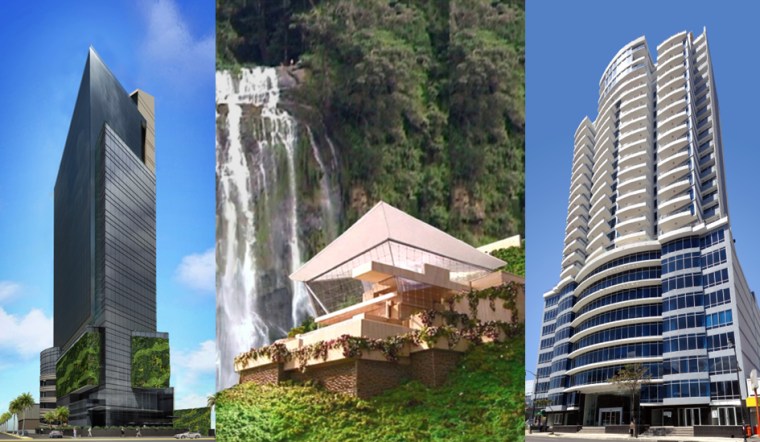
What is your design philosophy?
As an architecture student in school they teach you to be an architect for any culture or place in the world. You take several things into account such as the location of the project because you try to be contextual. A building can be specialized like residential or rental, in which case views are really important. In New York it’s the view that sells.
As an architect form follows function – but you also have to take into account that in a city like New York there are so many rules and zoning regulations that you are very limited and sometimes you’re looking at a box, period. All you can do is use interesting materials to make it look aesthetically pleasing.
After so many successful projects, which one has been extra meaningful to you?
I’d say some of the most significant buildings I’ve designed are in Costa Rica, in terms of their impact. I designed a 30-story building with two towers – the Torres Paseo Colón –that is the tallest in Costa Rica.
Interestingly, even though I am from Mexico, I only had the opportunity to finish my first building in Mexico last year. It’s strange – it’s not because I didn’t try. But, yes I recently finished an office building and it happens to be in my hometown of Veracruz. I’m very proud of it because it’s the first one and hopefully there are more to come.
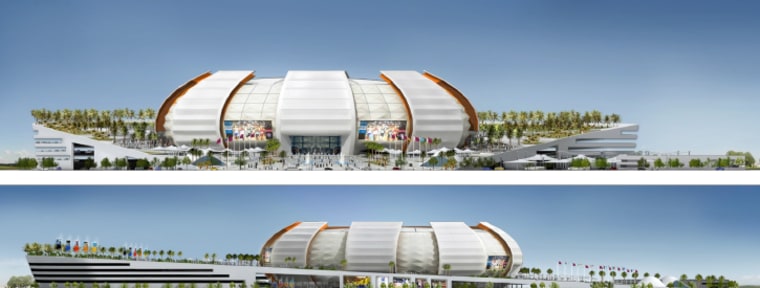
Are there enough up-and-coming architects of color designing our skylines?
I have more architects from all over the world than I do Americans. In all my years in this office I’d say that from the very beginning our talent comes from 20 different countries from all over the world. Most are from Europe, Asia and South America, but they come from everywhere, really.
When the economy is good it’s difficult to find people because everybody is busy. But, in general, I give talks to students and younger colleagues and they ask me, “How did you do it?” And I just tell them, you have to know what you want and then focus, be professional and get the education. But more than anything else: you have to have perseverance. It worked for me when I decided to open my business – I didn’t deviate from that goal until I got what I wanted.
Esther J. Cepeda is a Chicago-based journalist and a nationally syndicated columnist for The Washington Post Writers Group. Follow her on Twitter, @estherjcepeda.
